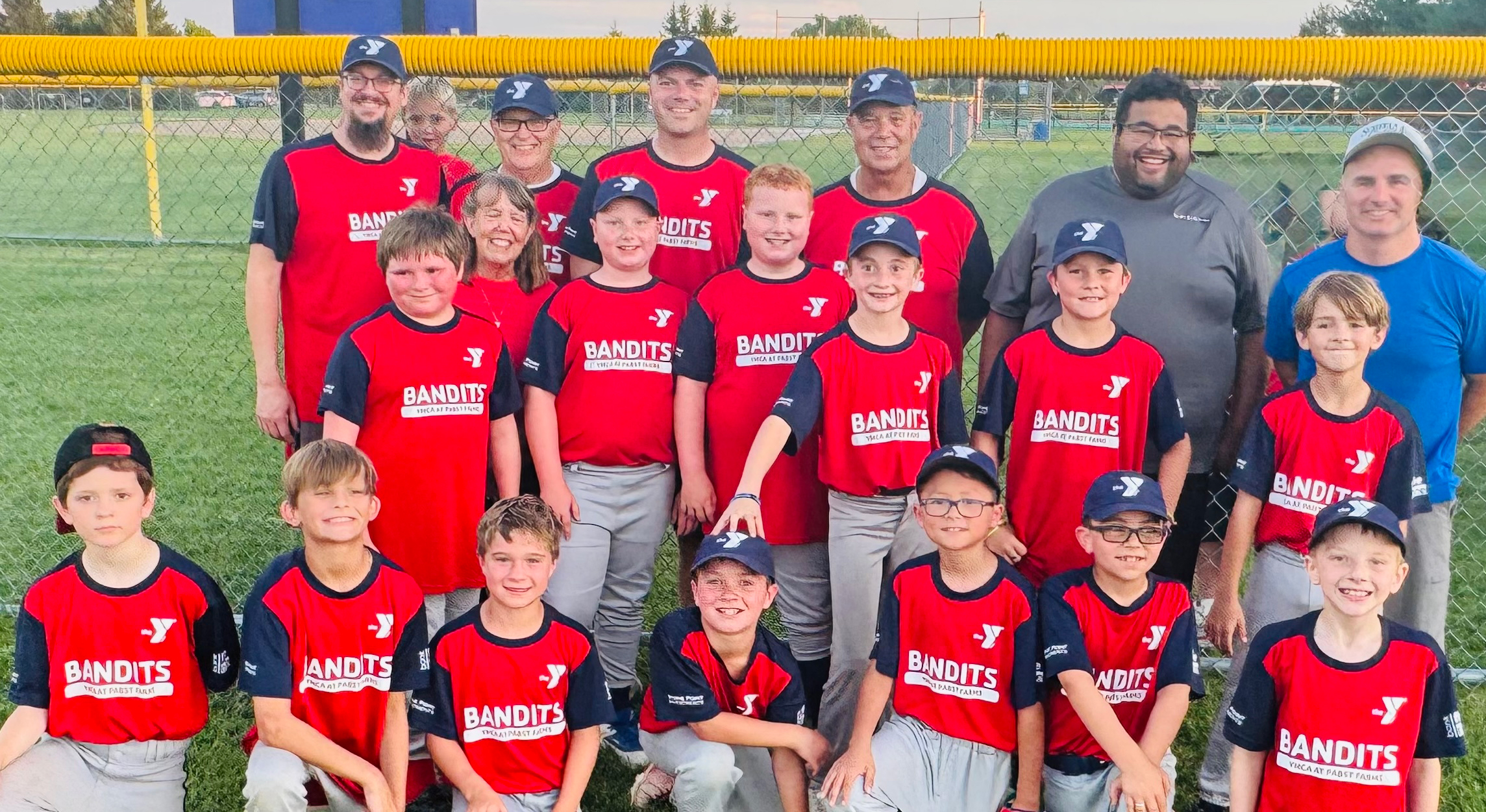
When medical emergencies happen at the Y, there is a team of staff that show up to support the member or guest. More than a dozen of our staff are Emergency Medical Responder (EMR) trained and all of our Aquatics, Wellness and Manager on Duty staff have CPR and First Aid certifications.
In late June, our staff was put to the test. Christine is a long time member of the Y. She started doing our new Strength and Balance class earlier this spring lead by one of our Personal Trainers, Jody Arndt. After class Jody noticed that something was not quite right with Christine. “I noticed Christine sitting at the table … and I went over there and then right away she said ‘I don’t feel well.’ She was very confused. That’s not like her at all – she’s very sharp.”
Jody called for the Manager on Duty and several other staff came to assist. After a few questions, the Manager on Duty called Emergency Medical Services for their support and Christine was transported to the hospital. It was later determined that she had a stroke.
Christine made a strong recovery and was discharged to go home and to return to the Y. She is back in Strength and Balance class. Christine reflected on the whole experience: “I can’t say enough about Jody and the staff – I can’t be more thankful for how this was handled, because I believe that the fast response to something that was not normal probably saved my brain. I’m very thankful for that.”
Stroke effects more than 795,000 people in the US each year. Do you know what to look for when it comes to stroke warning signs? The American Stroke Association has an easy acronym to help you remember. Use the letters F.A.S.T to spot a Stroke.
F = Face drooping – does one side of the face droop or is it numb?
A = Arm Weakness – is one arm weak or numb?
S = Speech difficulty – is speech slurred?
T = Time to call 911 – stroke is an emergency and every minute counts. Note the time when any of the symptoms first appear.
In addition you may look for, confusion, trouble seeing, trouble walking, severe headache, or numbness. You can learn more about stroke, stroke prevention and symptoms you can look for at the American Stroke Association.
![[Glacial Community YMCA LOGO SQ]](https://recliquecore.s3.amazonaws.com/imgs/ymca_logos/named_y/blue_purple.png)
![[Glacial Community YMCA LOGO FULL]](https://s3.amazonaws.com/recliquecore/imgs/ymca_logos/named/blue_purple.png)




